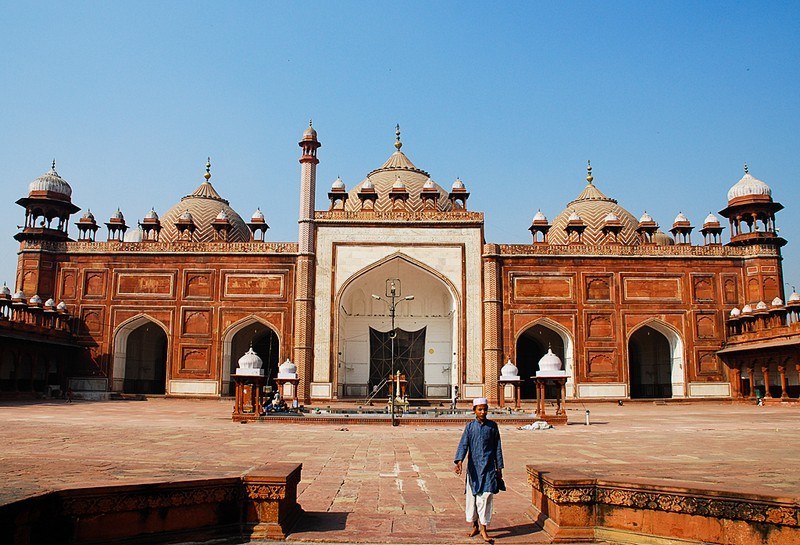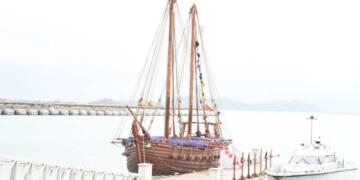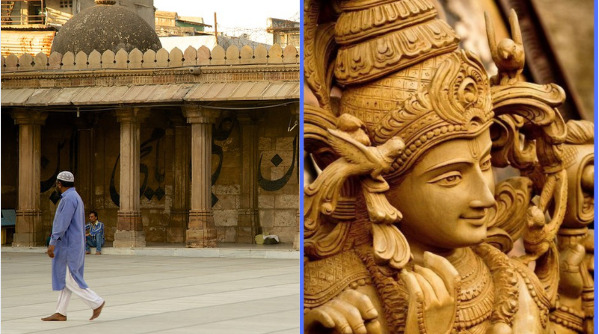After the Archaeological Survey of India (ASI) was instructed by Varanasi court to conduct a survey around the Kashi Vishwanath Temple upon which the Gyanvyapi mosque was forcefully built upon — another petition has been filed in a local Mathura court seeking a survey of the Jama Masjid in Agra and the Shahi Eidgah mosque in Mathura to find out if idols of lord Krishna allegedly looted from the Mathura structure are buried in the Agra mosque.
The petition, filed by an activist named Shailendra Singh representing Bhagwan Shri Krishna Virajmaan, cited the April 8 order by the Varanasi court for its plea. The Mathura court accepted the petition and fixed May 10 as the date of hearing.
Quoting from ‘Anecdotes of Aurangzeb And Historical Essays By Jadunath Sarkar,’ Published By M. C. Sarkar & Sons. 902-a Harrison Road, Calcutta 1917. On page 11-12’ the PIL stated: “The grandest shrine of Mathura, Kesav Rai’s temple, built at a cost of 33 lakhs of rupees by the Bundela Rajah Birsingh Dev, was razed to the ground in January 1670, and a mosque built on its site. The idols were brought to Agra and buried under the steps of Jahanara’s mosque that they might be constantly trodden on by the Muslims going in to pray.”

“We submitted an application on Wednesday in the court of Civil Judge, Senior Division, Mathura praying that in some books, it is written by historians that where the Shahi Eidgah mosque, Mathura, is there in current times, there used to be a temple there earlier,” Singh was quoted as saying by the Indian Express where he further added, “After the temple was demolished, the idols were removed and were buried in a mosque in Agra, which is currently called the Jama Masjid, outside the Agra Fort…We have moved the application that an ASI survey should be done in the two mosques to find out if there was a temple there earlier or not.”
The petition, if granted permission by the court, would put the onus on ASI once again to prove that there indeed was a temple beneath the structures. So far, the ASI has done a marvellous job in debunking the claims of the ‘seculars’ of the country and one reckons, similar might be the case with Varanasi and Mathura.
It was the ASI whose pathbreaking findings helped Hindus win the long-drawn Ram Janmabhoomi dispute. The ASI, in two separate surveys, had established the Hindu roots of the underlying structure to the Babri Masjid.
In the survey of 2003, since Babri was no longer present as a superstructure, ASI was able to uncover finer details about the temple which was destroyed and over which the illegal structure was built.
Proving that the Gyanvyapi mosque was built on the ruins of the Vishwanath Temple should not be a tedious task for the ASI as the structure and its pillars are visible to the naked eye. The only hurdle in the path is the Places of Worship Act 1991 which has also been challenged in the court.































